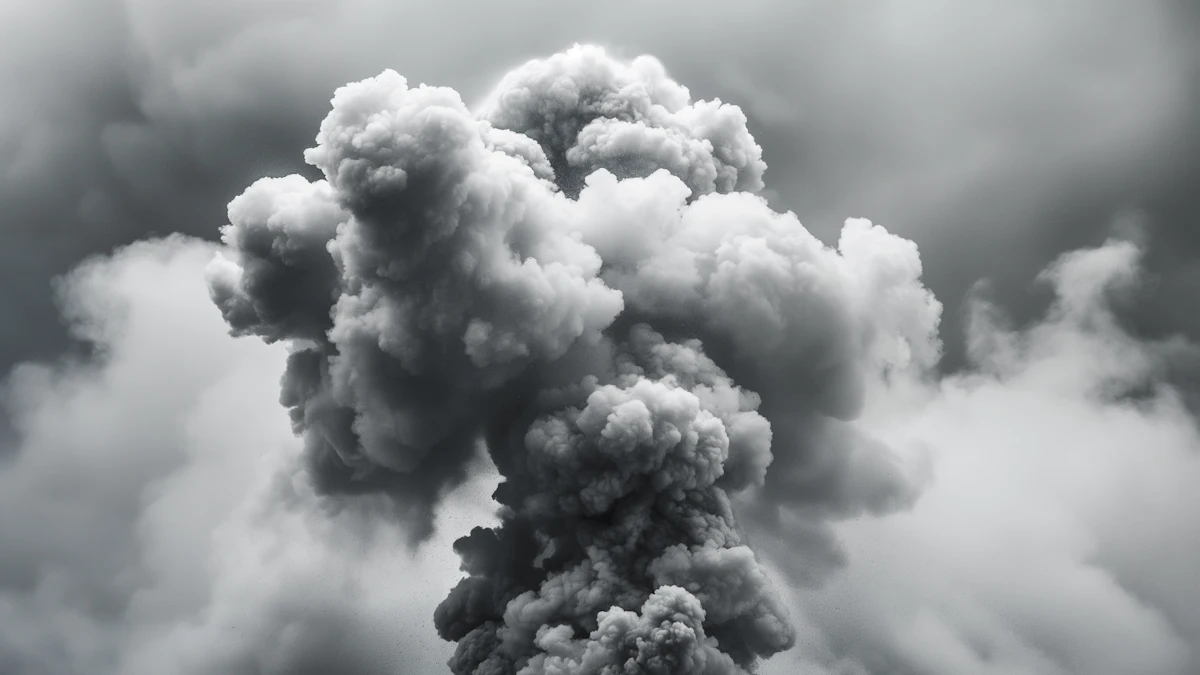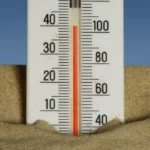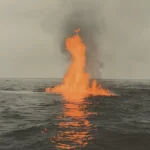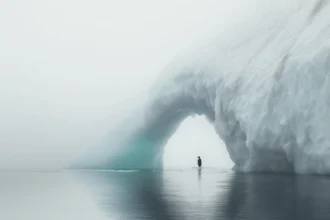Have you ever wondered what happens when nature’s fury crosses international borders? Right now, millions of Americans are breathing dangerous air because of wildfires burning hundreds of miles away in Canada, according to DailyMail reports.
Understanding the Massive Scale of This Crisis
This wildfire emergency is much bigger than most people realize. The smoke isn’t just affecting one or two states – it’s creating a massive blanket of dangerous air across huge parts of North America. More than 160 wildfires are currently burning across Canada, and they have already destroyed over 1.6 million acres of land.
| United States Impact: Air quality alerts have been issued for Minnesota, Michigan, Wisconsin, North Dakota, and Illinois, with smoke expected to stretch all the way from the Plains to the East Coast | Canadian Impact: Manitoba, British Columbia, Saskatchewan, and Alberta are all dealing with active fires, with Manitoba alone reporting 102 fires – well above their normal average of 77 by this time of year |
| Human Cost: Over 17,000 people have been evacuated from their homes in what Manitoba Premier Wab Kinew calls “the largest evacuation Manitoba will have seen in most people’s living memory” | Timeline: Manitoba declared a state of emergency on Wednesday, with the worst air quality impacts hitting Friday and Saturday |
What Air Quality Alerts Really Mean for You
When officials talk about air quality alerts, they’re using something called the Air Quality Index, or AQI. Think of it like a traffic light system that tells you how safe the air is to breathe.
- Green Zone (0-50): The air is clean and safe for everyone to breathe normally, like a perfect spring day
- Yellow Zone (51-100): The air is acceptable for most people, but very sensitive individuals might notice slight discomfort
- Orange Zone (101-150): This is when officials say the air is “unhealthy for sensitive groups” – people with asthma, heart problems, or lung disease should limit time outdoors
- Red Zone (151-200): Now the air is unhealthy for everyone, not just sensitive people – this is when you should really stay inside
- Purple and Maroon Zones (201-500): These are the most dangerous levels, where NASA says the air becomes hazardous for all people
The Science Behind This Smoke Emergency
AccuWeather meteorologist Brandon Buckingham explains that most of the time, wildfire smoke stays high in the atmosphere, creating beautiful but hazy sunrises and sunsets. However, there are dangerous episodes when this smoke drops down to ground level where people live and breathe.
The smoke travels incredible distances because wind patterns carry these toxic particles across borders like an invisible poisonous cloud. When over 1.6 million acres burn, they create massive smoke plumes that can affect air quality hundreds of miles away.
Who Should Worry Most Right Now
People with respiratory problems like asthma face the greatest danger from this smoke emergency. The tiny particles in wildfire smoke can make breathing extremely difficult and trigger serious health problems.
Fortunately, experts say this situation is currently less hazardous compared to the devastating 2023 wildfire season, but residents should still close windows and limit outdoor activities until conditions improve.











